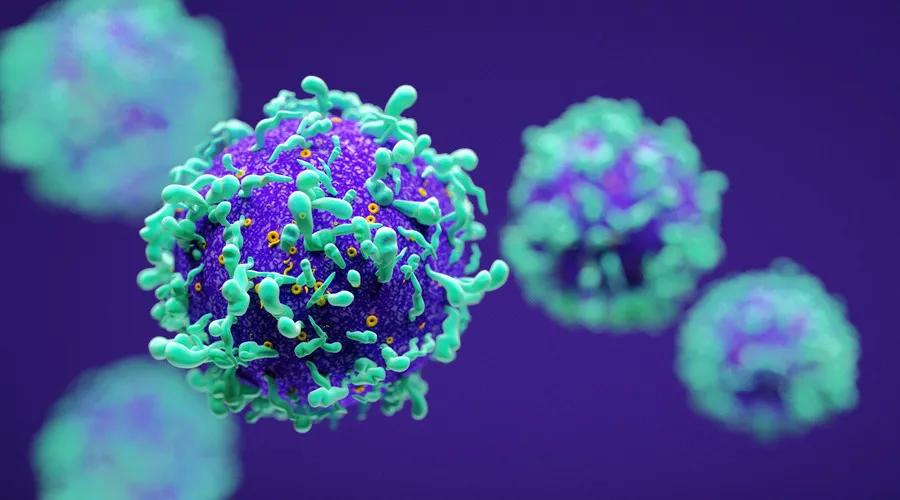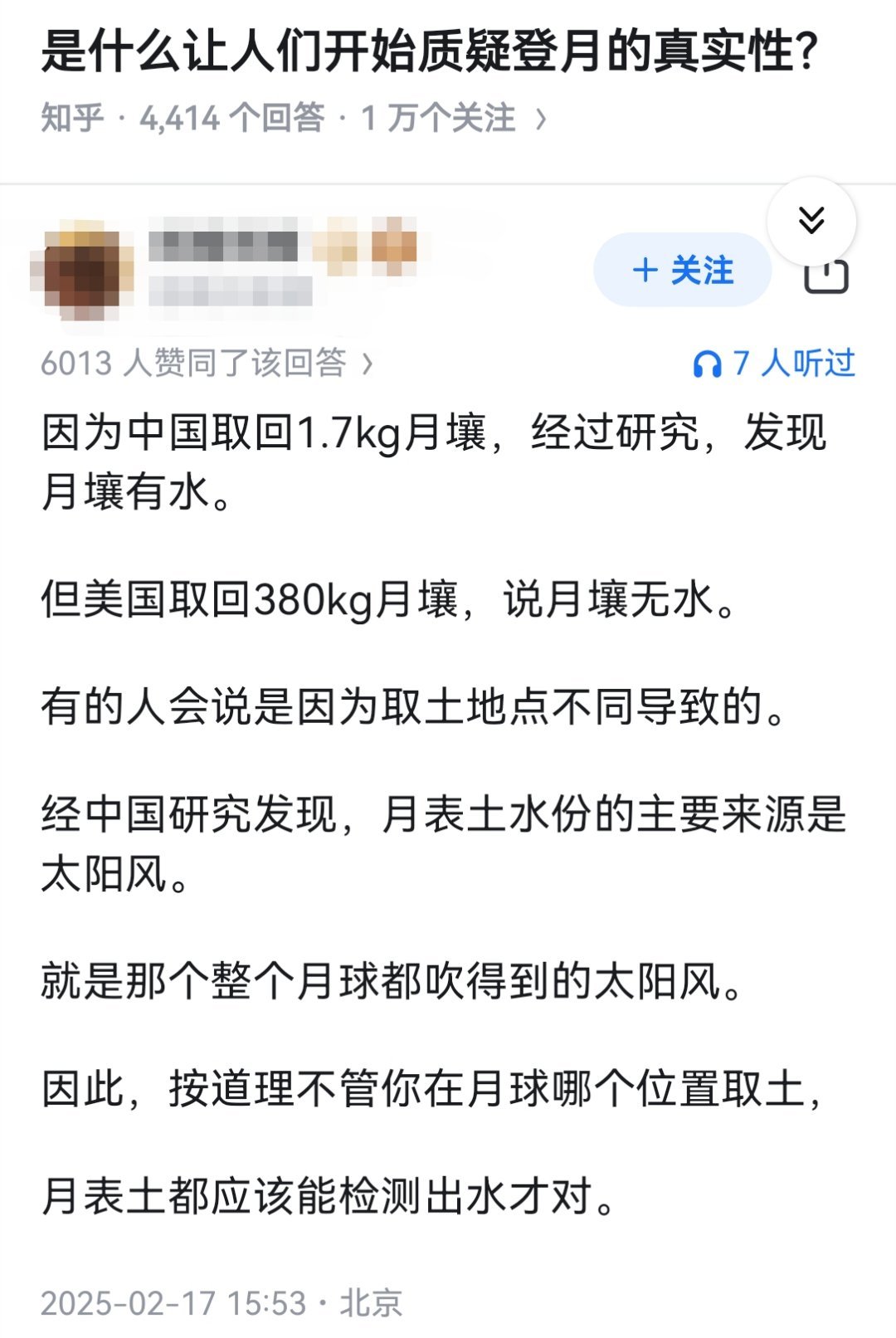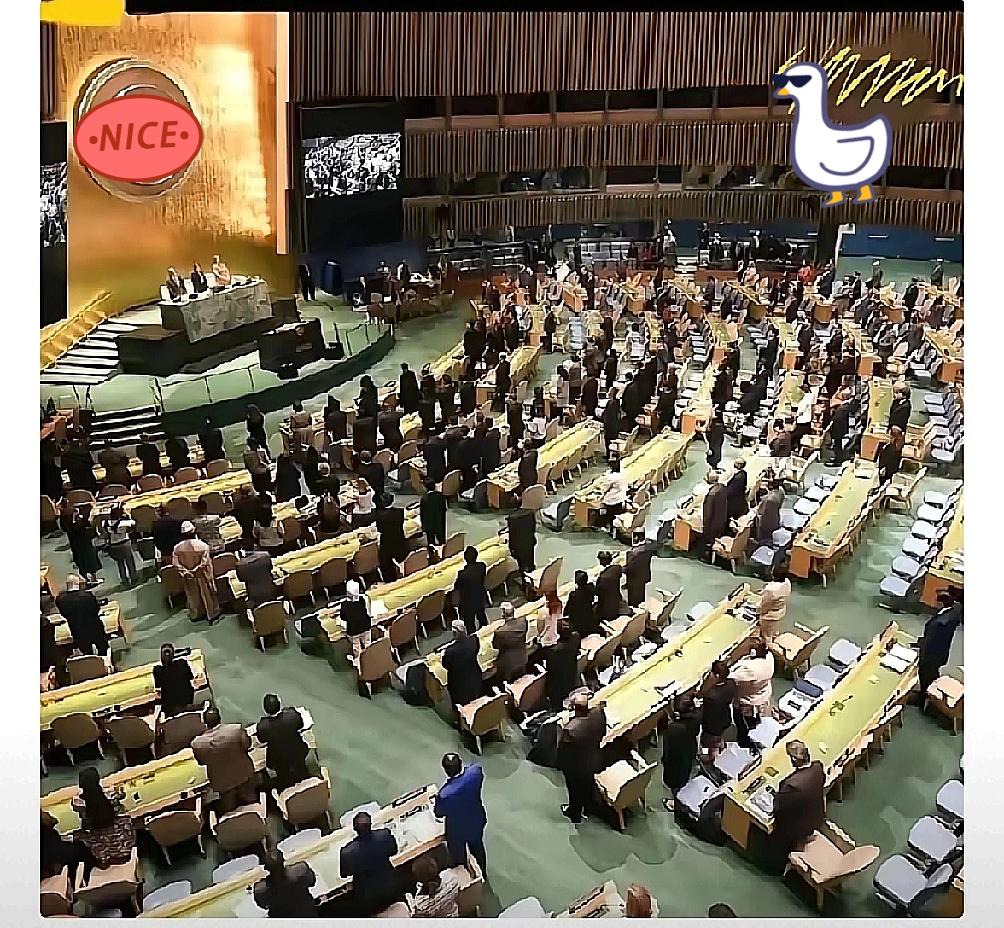DILI 分子机制研究有何核心突破?临床转化难点这样破
编者按:第五届中国老年学与老年医学学会转化医学分会年会暨2025年转化医学国际论坛(ICTM 2025)近日在北京顺利召
编者按:第五届中国老年学与老年医学学会转化医学分会年会暨2025年转化医学国际论坛(ICTM 2025)近日在北京顺利召开。作为聚焦转化医学前沿的重要学术平台,本次会议为老年学与老年医学领域的成果交流、学科协同搭建了关键桥梁。药物性肝损伤(DILI)是临床诊疗中需重点关注的议题。本刊特别邀请英国诺丁汉大学Guruprasad P. Aithal教授展开专访,深入探讨DILI领域的研究突破、实践挑战及未来方向。期望通过专家视角,为相关领域从业者提供参考,推动DILI研究与临床应用的进一步发展。
ICTM 2025丨Guru P. Aithal教授:DILI 分子机制研究有何核心突破?临床转化难点这样破
《国际肝病》
能否具体分享下当前在DILI分子机制研究中,您认为最核心的突破点是什么?这一突破对后续临床研究有怎样的作用?
Aithal教授:在我所研究的领域,我认为全基因组关联研究(GWAS)的应用以及广义上系统生物学方法的采用,真正让我们得以同时识别出多个会增加个体药物敏感性的因素。
Hepatology Digest:Could you share in detail what you consider to be the most critical breakthrough in the current research on the molecular mechanisms of DILl? How does this breakthrough lay the foundation for subsequent clinical studies?
Prof. Guruprasad P. Aithal: In my field, I think access to genome-wide association studies and in general, systems biology approach has really made it possible for us to identify multiple factors at the same time which increase the susceptibility of an individual for a drug.
《国际肝病》
从基础研究成果转化为实际临床应用,往往会面临诸多挑战。在推动DILI相关成果走向临床的过程中,您团队遇到的最大难点是什么?又采取了哪些策略或方法来克服这些困难?
Aithal教授:首先,药物性肝损伤的诊断不够精准,这是我们面临的首要问题。这就意味着,我们必须先评估并开发一套最优的因果关系评估工具,然后推广这些工具,确保其得到广泛应用;同时,我们还要建立广泛的合作,从而纳入评估充分、判定严谨的病例和对照样本,以此制定研究方案,进而得出可靠的研究结果。这是我们遇到的第一个难题。
其次,如何快速提供检测并出具结果也是一大挑战。正如我在报告中所提到的,要真正预防药物性肝损伤,就需要快速获取基因检测结果。而要让正在服药的广大人群,以及开具药物的众多医生都能用上这项检测,则是接下来的另一大障碍。相关研究结果其实在几年前就已得出,但要建立一个能让大多数患者都有机会接受这类检测、并能对医生进行培训以根据检测结果采取干预措施的体系,我们还需要再花几年时间。
Hepatology Digest:Translating basic research findings into practical clinical applications often involves numerous challenges.In the process of advancing DILl-related discoveries toward clinical practice, what has been the greatest difficulty faced by your team, and what strategies or approaches have you used to overcome it?
Prof. Guruprasad P. Aithal: First of all, drug-induced liver injury is not accurately diagnosed. That has been the first problem. Which means that we had to assess, develop first a set of the best causality assessment tools and popularize them so that it's generally used, and create a big collaboration so that we can enroll very well-assessed, very well-adjudicated cases and controls to develop a research protocols which will find robust findings.
Second is to be able to deliver tests very quickly with the results. As you saw in my presentation today, to really prevent the drug-induced liver injury, you need to have a results of the genetic test very quickly. And to provide it to the large population who are taking medication and a large number of doctors who are giving the medication will be the next obstacle. So the results have just come maybe a few years ago.
It'll take a few more years for us to have such a system where we are able to provide access for most patients these testing possibilities and doctors training to intervene based on the test results.
《国际肝病》
基于目前DILI在临床应用中的探索进展,您认为它未来在患者治疗方案优化、临床诊断效率提升等方面,能带来哪些具体的改变?
Aithal教授:我认为核心在于 “主流化”。目前,我们已经掌握了相关技术和方法,关键是要找到办法,让所有患者、所有医生和药师都能平等地获取检测服务及检测结果。
因此,我们需要建立一个实验室网络,该网络要能以恰当的方式接收样本,并以高效的方式出具报告,从而让所有患者都能公平地获得这类检测服务。这一过程被称为 “主流化”,要实现这一目标,我们还需要再花几年时间。
Hepatology Digest:Based on the current progress of DILI's exploration in clinical applications, what specific changes do you foresee it bringing to areas such as optimization of patient treatment plans and the improvement of clinical diagnostic efficiencies?
Prof. Guruprasad P. Aithal: I would say that what we call a mainstreaming. So it's now available we know how to do it. We just need to find a way of having equal access for all the patients and all the doctors and pharmacists who are ordering the test and the results.
So what we need to establish is have a network of labs which are able to receive samples in an appropriate way and then report in an efficient way so that all patients get equitable access to this test. It's called mainstreaming and it'll take a few more years for us to make it happen.
![当代年轻人的记忆力belike[笑着哭]](http://image.uczzd.cn/15021943455453219087.jpg?id=0)





